
The Customer Centricity Playbook
Implement a Winning Strategy Driven by Customer Lifetime Value
Recommendation
Many companies claim to be customer-centric but focus on the wrong priorities, according to thought leaders Peter Fader and Sarah E. Toms. Building on Fader’s 2012 Customer Centricity: Focus on the Right Customers for Strategic Advantage, the authors share tactical approaches to help marketers acquire, retain and develop high-value customers. They explain why familiar approaches such as segmentation and personas aren’t working today, and how to future-proof a brand by centering respect for the individual and customer heterogeneity. Some readers might find this “playbook” short on concrete plays, but it does offer useful insights and strategies for marketing in an increasingly digital world.
Summary
About the Authors
Peter S. Fader, a professor of marketing at the Wharton School, focuses his research on the analysis of behavioral data to forecast customer shopping and purchasing activities. He is the author of Customer Centricity: Focus on the Right Customers for Strategic Advantage. Sarah E. Toms is a thought leader in educational technology, a games expert and a founder in the areas of CRM, product development, productivity management and financial systems. She co-founded and serves as executive director of Wharton Interactive.


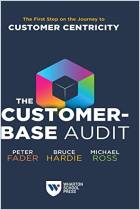

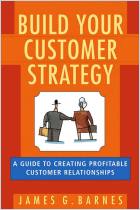
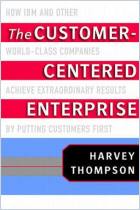
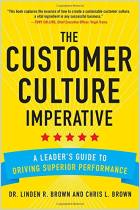
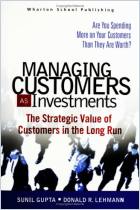
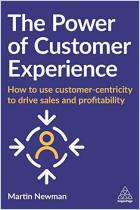
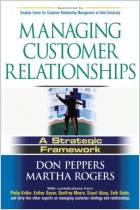



Comment on this summary